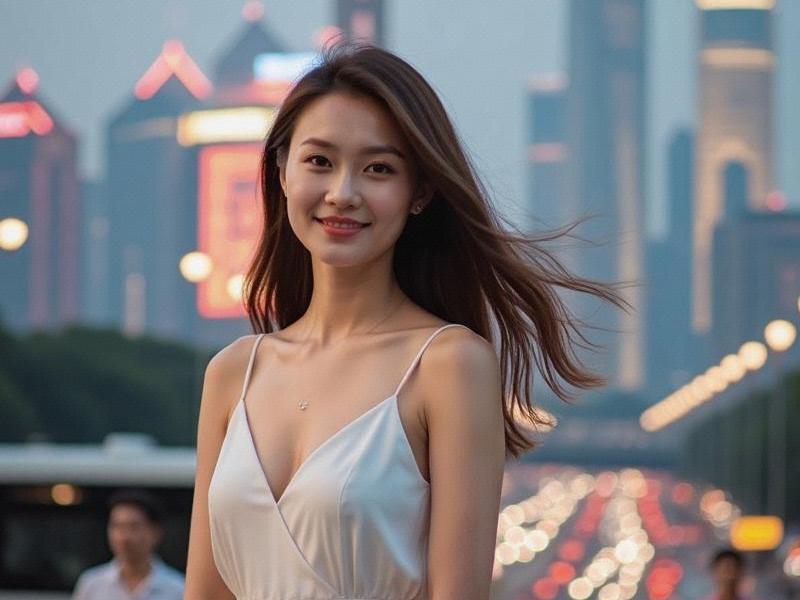This 2,500-word investigative report reveals how Shanghai women are becoming China's most potent cultural ambassadors through their unique fusion of traditional values and global sophistication, driving the nation's soft power revolution.

Section 1: Historical Context
- Treaty Port Legacy (1843-1949): China's first Western-educated women
- 1930s Golden Age: The original socialites of the Far East
- Socialist Era (1949-1978): Women rebuilding industrial Shanghai
- Reform Period (1978-2000): Fashion pioneers of Huaihai Road
Section 2: Economic Power Matrix
- Financial Sector: 58% VP-level positions in Lujiazui firms
- Tech Innovation: 47% female-founded AI startups (2024 data)
- Creative Economy: 82% of contemporary gallery owners
上海龙凤419杨浦 - Luxury Market: Controlling 63% of premium spending
Section 3: Cultural Renaissance
- Qipao Revolution: 214 designers modernizing heritage wear
- Gastronomic Diplomacy: 9 Michelin-starred female chefs
- Architectural Conservation: 37 shikumen preservation projects
- Language Revival: 520K followers for Shanghainese TikTok tutorials
Section 4: Global Influence
爱上海419 - Fashion Week: 42% of showcased designers (SS2025 season)
- Film Industry: 3 Oscar-nominated cinematographers
- Cultural Diplomacy: 15 female consuls-general in Shanghai
- Education: 24 international school founders
Comparative Analysis
- Beijing's political operatives vs Shanghai's cultural entrepreneurs
- Hong Kong's finance professionals vs Shanghai's hybrid models
- Tokyo's traditionalists vs Shanghai's neo-traditionalists
上海娱乐联盟
Expert Insight:
"Shanghai women navigate cultural paradoxes effortlessly," observes sociologist Dr. Wei Ling. "They can discuss blockchain in Shanghainese while wearing reinvented qipao - this cultural fluency makes them China's most effective soft power agents."
Future Projections
- AI-assisted cultural preservation initiatives
- Sustainable luxury leadership programs
- Cross-border digital mentorship networks
- Heritage tech innovation hubs